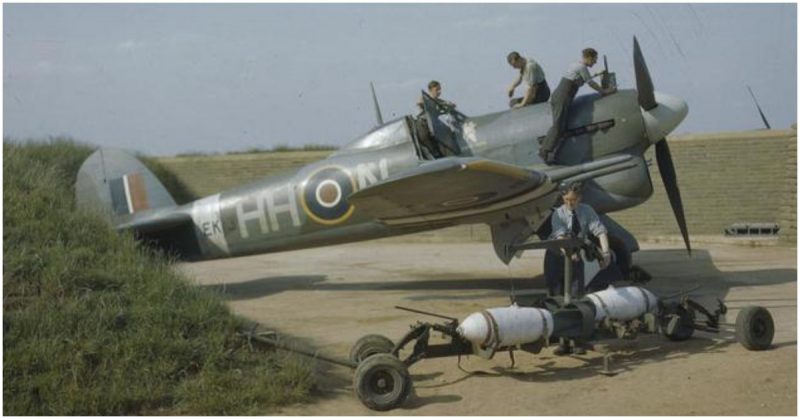Early History
The history of the airfield at the Normandy city of Caen goes back to 1937 when the French began construction west of the city center. Airbase 720 Caen-Carpiquet was inaugurated on August 17, 1939.
However, in June 1940, it was captured by German forces as they swept through France. By the Battle of Britain, it was a rear bomber base operating up to four missions a day against England, the Germans having built new hangers and extending the concrete runway to 2.3 km (1.4 miles).
D-Day
On June 6, 1944, the Allies commenced a Second-Front in Normandy, and both Caen and Carpiquet Aiport became objectives for the British and Canadian units landing on Sword and Juno Beaches.
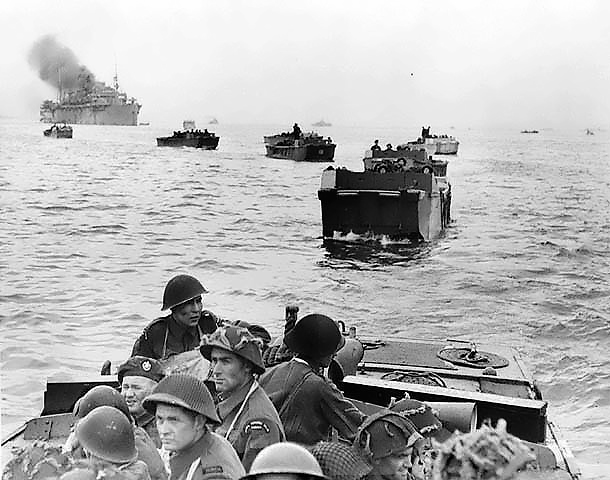
By June 7, the Canadian 9th Brigade, who had been the reserve brigade during the landings, were pushing towards Carpiquet through the villages of Villon-les-Buisons and Buron. A column of infantry and armor had progressed to within sight of the runway when they were ambushed in Authie by elements of 12. SS Panzer-Division Hitlerjugend.
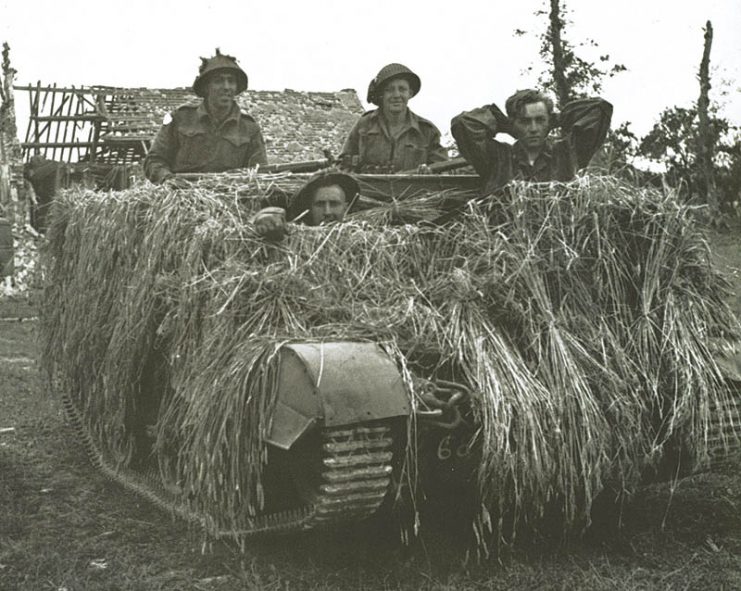
The German forces were under the command of the now infamous Kurt Meyer who was later convicted of war crimes including the murder of some Canadian POWs that same day and on June 8.
https://youtu.be/H1NxrQ9Je1s
The chance to take the airport had been lost, and it was to be nearly a month before Canadian units were in a position to launch a major attack for the important complex.
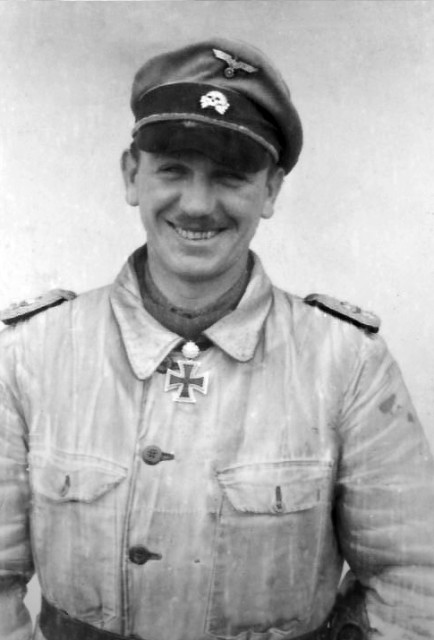
A fortress around a runway
The complexity and magnitude of the Carpiquet defenses by early July are worth noting. In a one-square-mile area around the village and the wheat fields that spread around the airport, the Germans had an estimated six 75mm cannons in turrets of concrete and steel as well as twelve anti-aircraft guns, some of which were the formidable 88mm.
Further bunkers and trenches were surrounded by barbed wire and protected by several machine guns that could sweep the approaches. There were many more machine guns, anti-tank traps, and barbed wire barricades around the village as well as two large concrete bunkers in front of the hangers.
Several 50mm anti-aircraft machine guns also defended the location together with 80mm mortars, projectors, land-mines, more trenches, and tank obstacles. The German defenders occupying this formidable defense could communicate with each other by a network of telephone lines and could move from one place to another via a network of tunnels.
The men facing a renewed Canadian effort were Wilhelm Mohnke’s depleted 26.SS Panzergrenadier regiment of 12. SS Panzer-Division Hitlerjugend holding the village and airfield. The south towards Eterville was defended by Standartennführer Albert Frey’s 1.SS Panzergrenadier regiment.
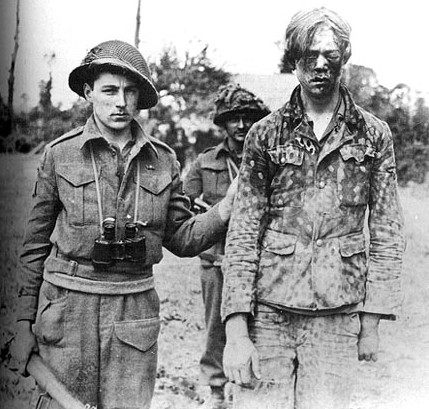
The west side of Carpiquet was being held by the 3.kompanie and elements of 1.kompanie of the 1.SS Panzergrenadier Battalion of 1st SS Panzer Division Leibstandarte SS Adolf Hitler. Other men were located around the southern edge of the airfield, using the hangers for cover.
Tanks came in the form of a kompanie of Panthers and five Panzer IVs. Finally, a flak battery of 88mm guns gave additional fire support. With more defenders expected, taking the airfield became a top priority for the Allies.
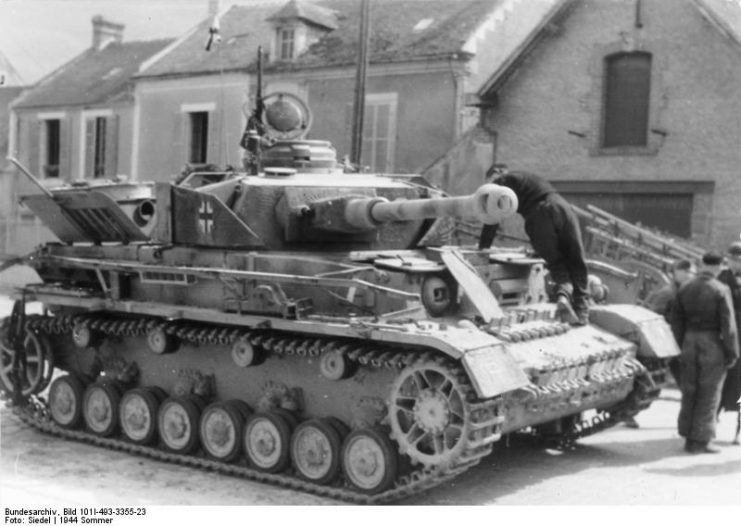
Operation Windsor – July 4, 1944
The task of seizing Carpiquet fell this time to Brigadier Blackader’s 8th Canadian Brigade supplemented by the Royal Winnipeg Rifles on loan from the 7th Brigade. The force had the support of the Sherman tanks of Fort Garry Horse, Sherbrooke Fusiliers, and three squadrons of AVRE tanks from the 79th division including flame-throwers and flails to clear mines.
Naval support came from HMS Rodney and HMS Roberts anchored some 17 miles north, 21 Regiments of Field Artillery, and mortars and machine guns of the Cameron Highlanders of Ottawa.
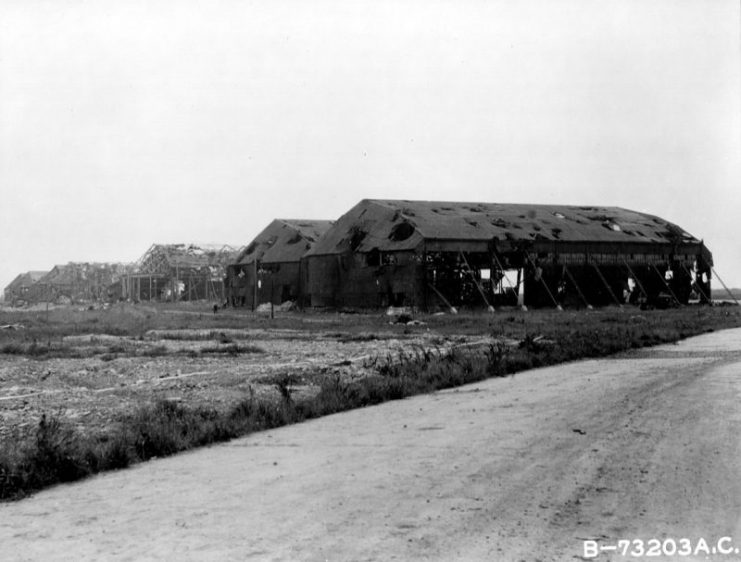
First Attacks
An initial probe at 0500hrs by the Royal Winnipeg Rifles to the south in the direction of the airfield hangers met with heavy resistance and was forced back. Ninety minutes later, however, under cover of an almighty artillery barrage more Canadian infantry (the Régiment de la Chaudière and North Shore Regiments) mounted an assault on the village of Carpiquet itself.
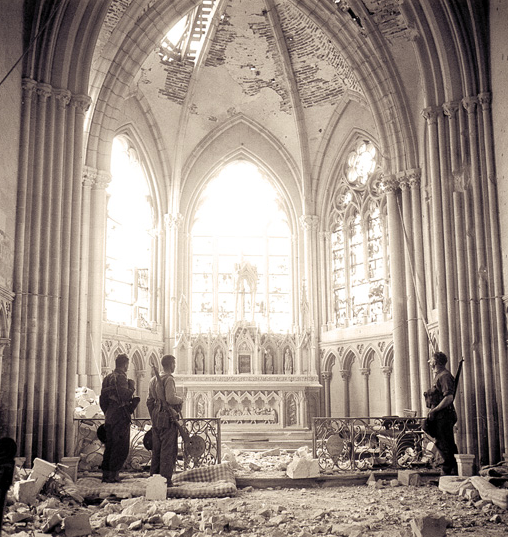
Meanwhile, tanks of the Sherbrooke Fusiliers (27th Armored Brigade) manage to cross the minefields north of Carpiquet, attacking Chateau-St-Louet and Gruchy before withdrawing under heavy fire from 26.SS Panzergrenadier regiment which also pounded the North Shores.
By now though, the Germans were beginning to run out of ammunition. The SS soldiers put up a fierce defense in the village, and the streets saw vicious house to house combat, but by 0830hrs the village was in Canadian hands and focus could be turned to the airfield.
Next Attacks
The Royal Winnipeg Rifles and the tanks of Fort Garry Horse relaunched their offensive, aiming to capture the hangars and airfields. German mortar fire inflicted many casualties on the infantry and tanks, and it took the Battalion ninety minutes to advance the 1.5 miles from their start-line to within sight of the airfield hangars.
In the heat of battle, confusion reigned. Seeing Sherman tanks burning around them while they sustained heavy casualties of their own, most Canadian attackers fell back to their start-line. Luckily, the German defenders failed to capitalize on this error. They did not try and push out themselves but instead remained entrenched.
By early afternoon, the Winnipegs had their morale happily restored by two squadrons of Typhoon aircraft flying overhead and firing rockets at the buildings while tanks pressed home another attack.
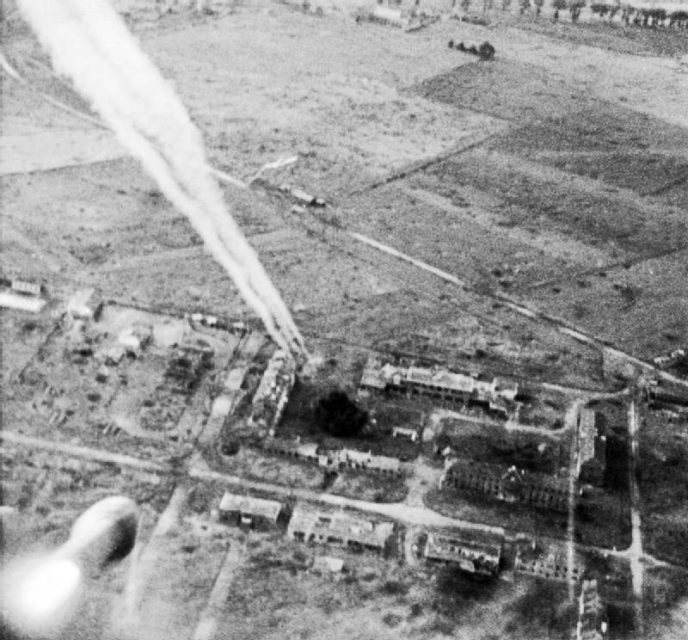
They quickly reached the hangars north of the airfield, but the SS defenders did not yield easily and launched several counter-attacks with their own tanks from the hangars to the south. Once again, the Canadians were forced to withdraw. Fort Garry tanks had, in fact, encountered the kompanie of Panther tanks and had been overwhelmed.
Despite the intervention of the Typhoons, the Allies lost thirteen tanks during the first day of Operation Windsor.
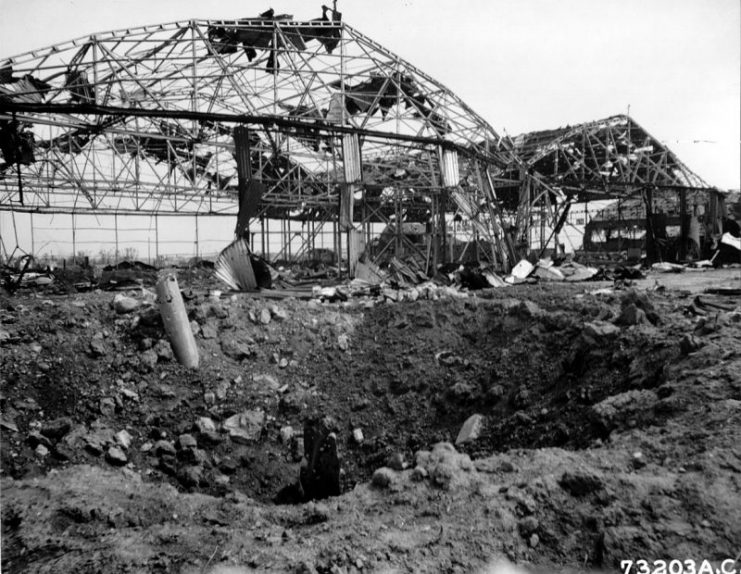
The Village
In Carpiquet village, the Canadians had consolidated their positions. At this point, they were the closest to Caen of any Allied unit despite nearly a month of heavy fighting. Yet although they held the village and some of the northern hangars, the southern hangars and control buildings remained firmly in German hands.
Overnight between 4th and 5th, Kurt Meyer prepared a counter-offensive to retake Carpiquet village. The Germans, under Meyer’s command, launched no fewer than three attacks but all failed and their losses were considerable. More attacks and movements took place over the next three days as both sides tried valiantly to consolidate.
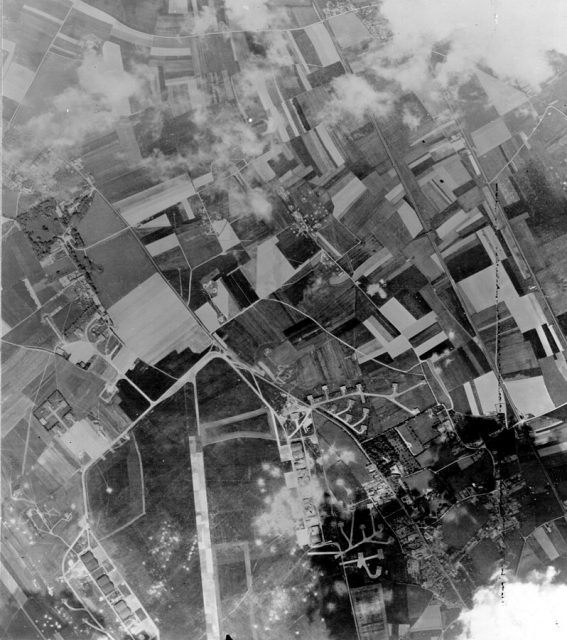
Success
The aerodrome fell completely and definitively into the hands of Canadian forces on July 9 during Operation Charnwood (launched by the 3rd Canadian Infantry Division the previous day). This final assault on Caen followed a massive bombardment by 450 Royal Air Force bombers causing considerable damage to the city.
The Régiment de la Chaudière captured the last hangars south of the airfield while the infantry of the Queen’s Own Rifles of Canada seized the barracks.
Casualties
On July 4 alone, around 400 Canadians had been killed, wounded, or were missing. The Winnipeg Rifles and North Shore Regiment took the brunt of the casualties with 132 casualties each.
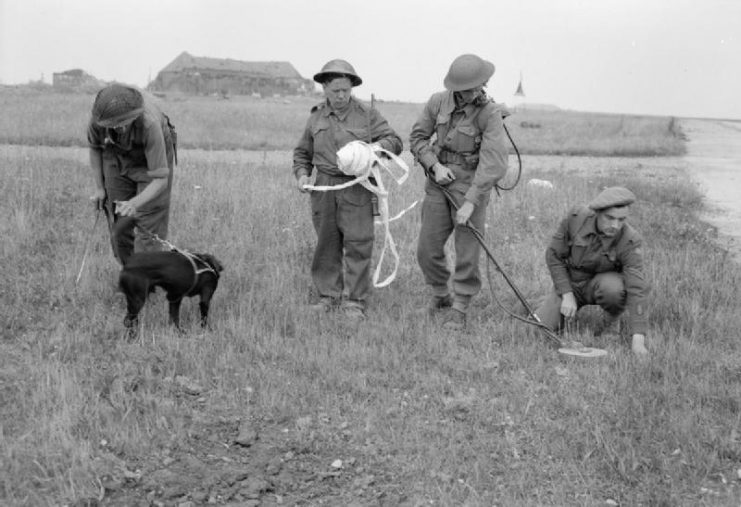
German losses are a little less clear although 1.SS Panzergrenadier Battalion lost 155 men including their CO. They had fought tenaciously and added to their feared reputation.
Indeed, SS-OberScharfurher Richard Rudolf of 1.SS Panzergrenadier Battalion of 1st SS Panzer Division Leibstandarte SS Adolf Hitler was awarded the Knight’s Cross for knocking out six Sherman tanks, and Bohme of 83.Werfer Regiment was awarded the German Cross in Gold for his personal valor and performance during the battle.
Visiting the battlefield today
The village has a number of memorials along the main street together with blue information panels, and there is one at the entrance to the now active airport. It is also possible to see over the fence the top part of one of the German bunkers in front of the terminal building.
A somewhat less restricted view of the airport can be found from the village of Marcelet about 1/2 a mile west. There is an aero-club there with a restaurant “Les 3 Clubs” with a display of WWII and aviation memorabilia.
Read another story from us: The Magnificent Seven – The Normandy Battlefields
Daks Over Normandy
This June 7 and 8, visitors to Normandy have a unique opportunity to visit Carpiquet Airport for the epic Daks Over Normandy event where over 30 original C47 Skytrain (Dakota) aircraft are flying in. It will be a rare chance to see more of this interesting battlefield which was a key part of the Allied assault on Caen in 1944.
Correction.
In the original version of the article, we misstated “On June 4 alone, around 400 Canadians had been killed, wounded, or were missing..” The correct date is July 4″.
We made the correction on (10.04.2019).
